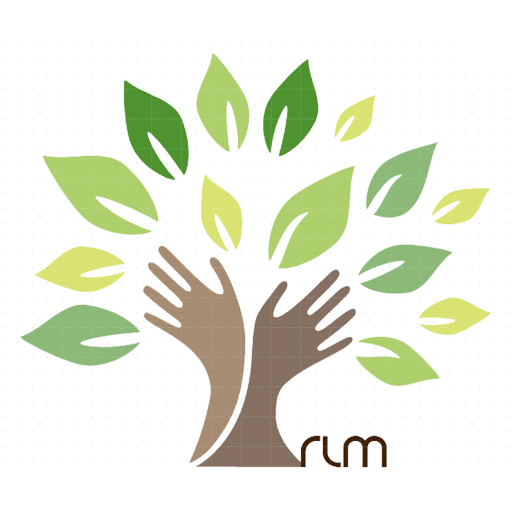Rural vs Urban
The relatively better equipped urban centres are already overwhelmed with more cases, overworked health workers and shortages of vaccines, hospital beds, oxygen cylinders and other medicines. However, the situation in rural India is much grimmer, with over 70% of India’s population, i.e. over 740 million people in India, live in rural areas. The share of COVID cases in rural and semi-rural India increased from 40% in mid-July 2020 to 67% in August 2020. By May 2021, more than half of all the cases in Maharashtra and Uttar Pradesh were from rural areas. Another indicator of the situation in villages is the movement from villages to semi-urban and urban areas in search of healthcare. The pandemic is severely affecting the lives in rural and tribal areas where medical facilities are either not available or dysfunctional.

Another issue aggravating the situation in rural and semi-rural areas include a severe lack of human resources in the health field. While many Government hospitals in big cities are getting reasonable and immediate support from various sources such as the Government, Corporates, NGOs and Individuals, the hospitals in rural areas not getting even the basic and essential medical resources. The rural hospitals are lacking the continuous supply of life saving systems like Oxygen cylinders, Concentrators and Ventilators. Many time even essential but not so expensive items like Pulse oximeter, Infra-red Thermometers, Masks, PPE kits, Gloves etc. are not made available to the needy rural hospitals. Lack of Transport, timely communication and better trained medical professionals are further complicating the situation for rural hospitals and medical care centres.
